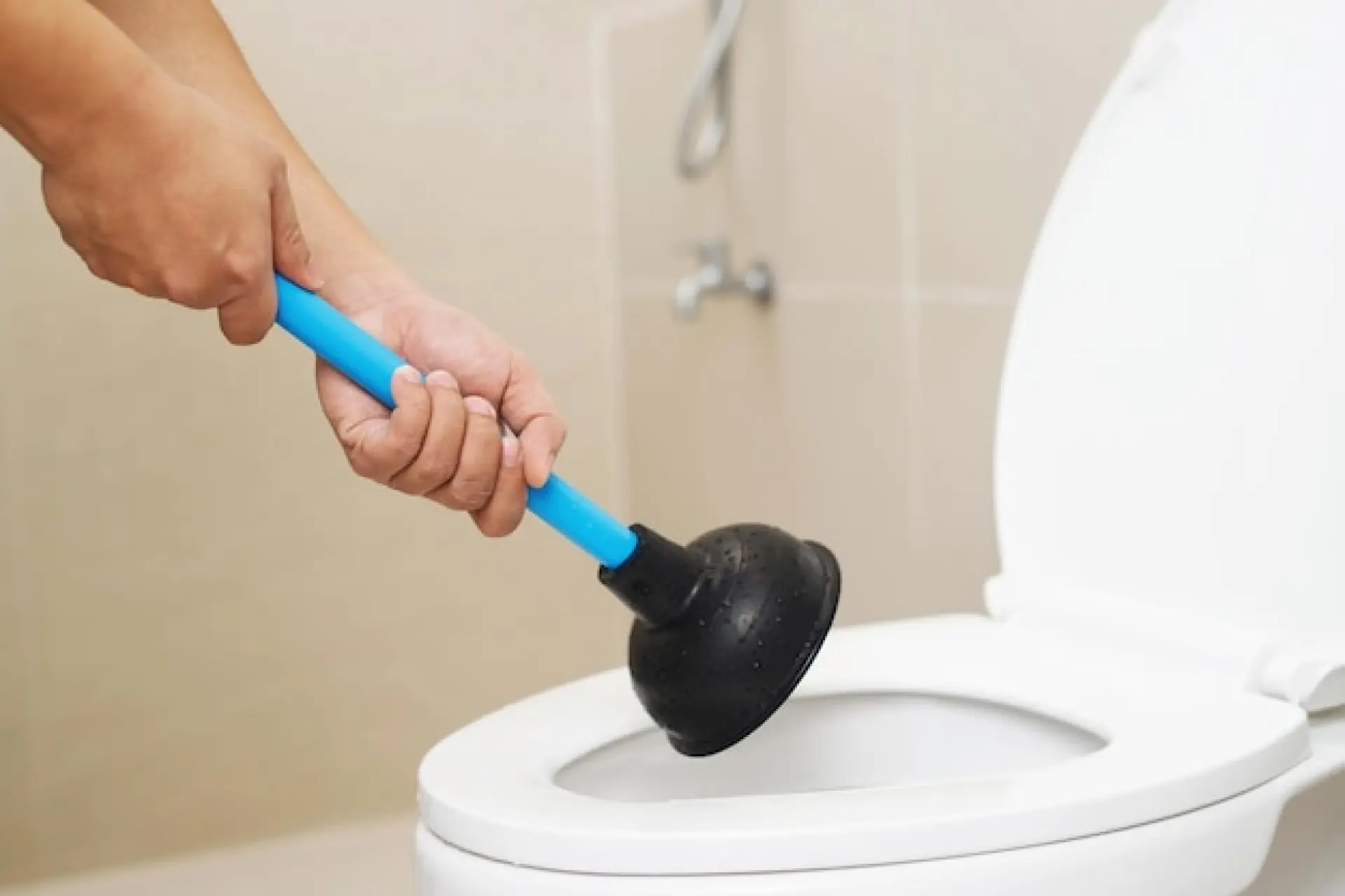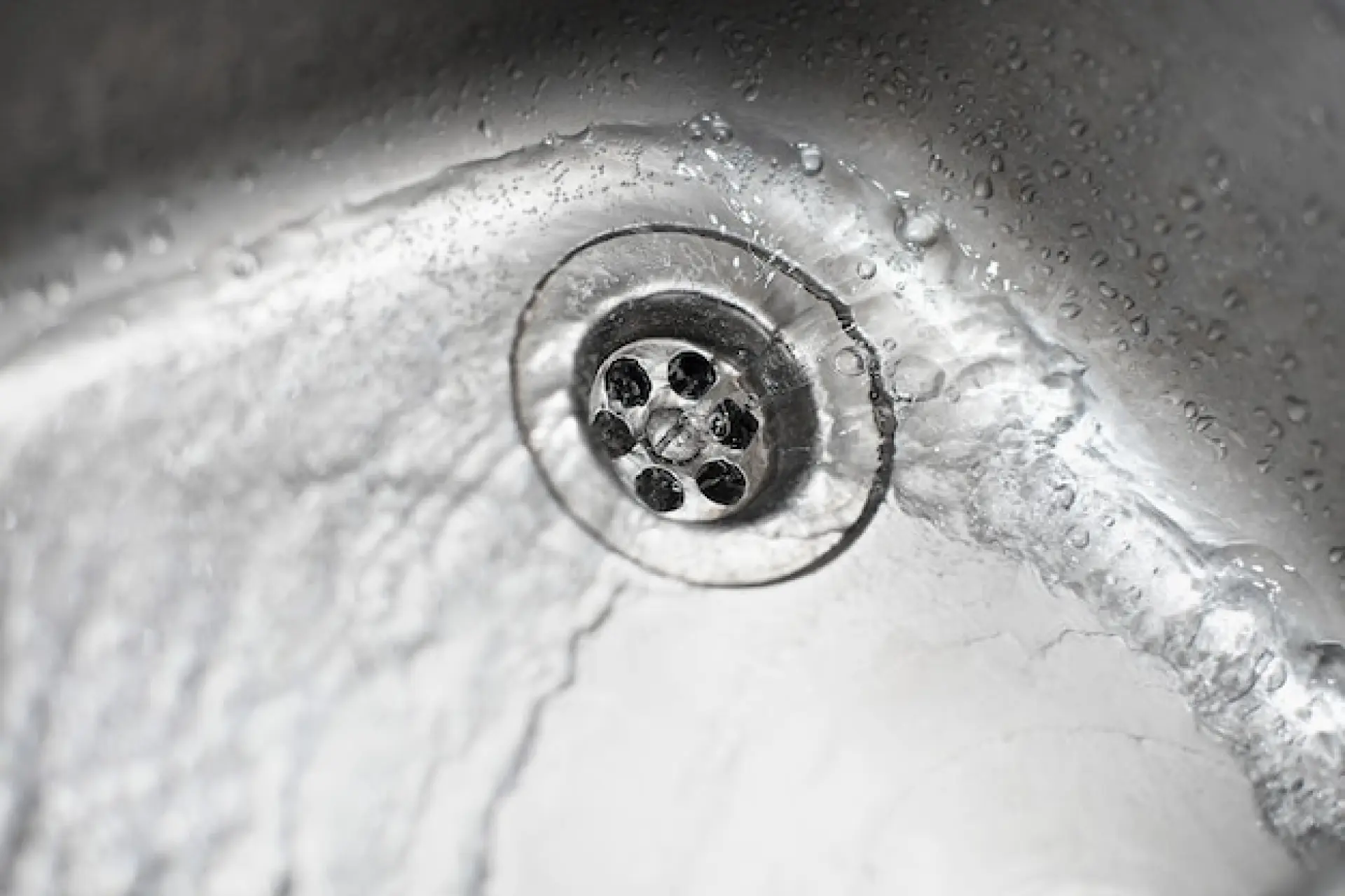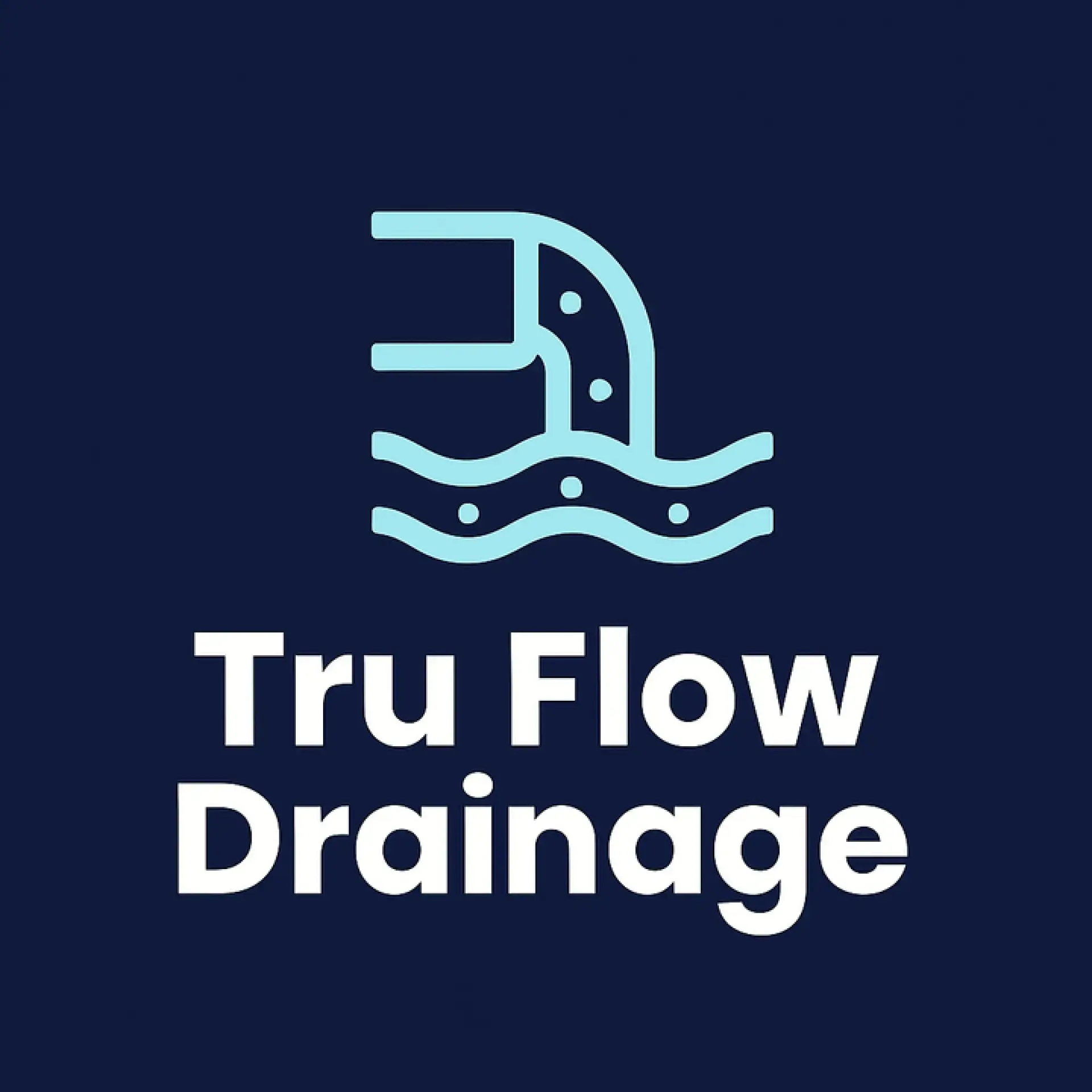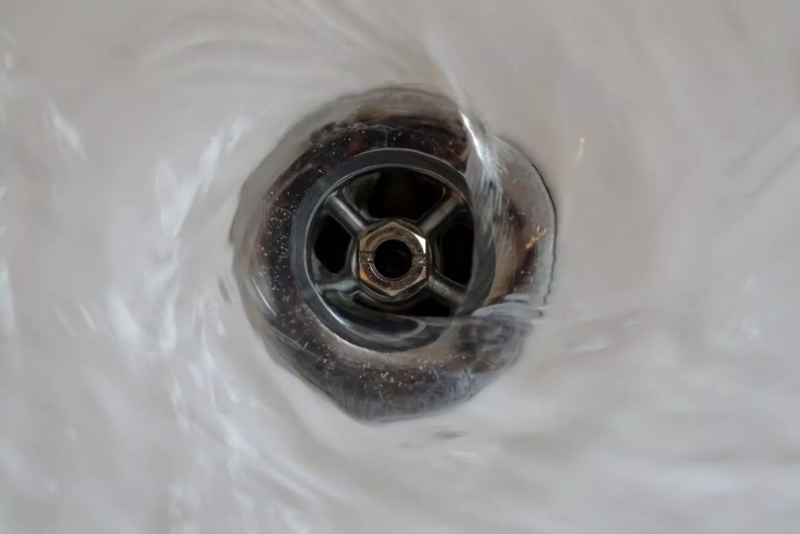Are you asking why Why Your Sink, Toilet, or Shower Keeps Getting Blocked? Read about common causes, prevention tips and when to call professionals. Ensure smooth water flow in your drainage system.
Common Causes of Blocked Drains
Blocked drains are often caused by everyday waste accumulating over time. In sinks, food scraps, grease, and soap residue can build up, restricting water flow.
Toilets become blocked due to excessive toilet paper, sanitary products, or non-flushable items being disposed of incorrectly. Showers frequently experience drainage issues due to hair, soap scum, and product residue clumping together inside the pipes.
In some cases, tree roots, pipe misalignment, or broken drains can also lead to persistent blockages. Identifying the cause of a blockage early can prevent more serious plumbing issues. Regular maintenance and mindful waste disposal help to minimise the risk of repeated blockages, ensuring that water flows smoothly through your drainage system.

How to Prevent Frequent Blockages
Preventing blockages starts with being mindful of what goes down your drains. In the kitchen, avoid pouring grease or oil into the sink, as they solidify and cause build-up.
Use drain strainers in sinks and showers to catch food particles, hair, and other debris before they enter the pipes.
Flush only toilet paper down the toilet, avoiding wipes, cotton pads, and hygiene products. Regularly clean your drains with hot water and mild solutions like baking soda and vinegar to break down grease and soap deposits.
Routine checks for slow drainage or unpleasant smells can also help you address minor blockages before they become major issues.
Signs of a Serious Drain Issue
While minor blockages are common, some signs indicate a more serious problem. If multiple drains in your home are slow to empty or produce gurgling sounds, this could suggest a deeper blockage within the main sewer line.
Unpleasant odours coming from your drains may indicate trapped waste or stagnant water. Water backing up into sinks, showers, or toilets is another warning sign that requires urgent attention.
In severe cases, leaks or damp patches around pipes could mean a structural issue within the drainage system. If these problems persist despite DIY attempts, professional inspection and repair may be necessary.

When to Try DIY Drain Unblocking
Some minor blockages can be cleared using simple DIY methods. Pouring boiling water down the drain can help dissolve grease build-up in kitchen sinks.
A plunger can be effective in dislodging small obstructions in toilets and sinks. For hair blockages in showers, a drain snake or hook can remove clumps stuck within the pipes.
Natural cleaning solutions like baking soda and vinegar may help break down minor debris. However, if the blockage persists after multiple attempts or the issue worsens, DIY methods may not be sufficient, and a professional may be needed.
When to Call Professional Unblocking Services
Professional drain services should be considered when blockages become frequent or severe. If your DIY efforts fail to clear the problem, or if water is overflowing from sinks, toilets, or drains, expert intervention is necessary. Professionals use specialised equipment, such as drain cameras and high-pressure jetting, to remove stubborn blockages and identify hidden issues.
Recurring blockages may indicate underlying problems like pipe damage or misalignment, which require expert repairs. Calling a professional early can prevent costly damage and ensure your drainage system is functioning properly.
Struggling with a drain blockage in your bathroom or kitchen? Let us help. We are a drainage contractor that has been resolving drainage issues for local homes, businesses, and property developers for more than 25 years.


